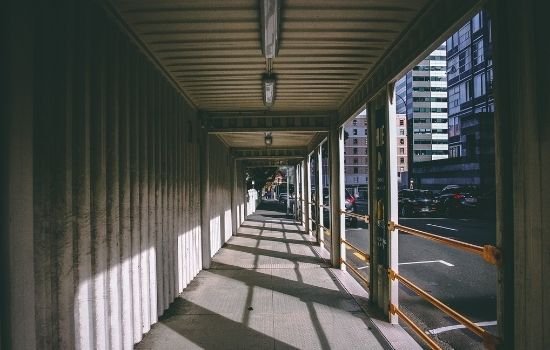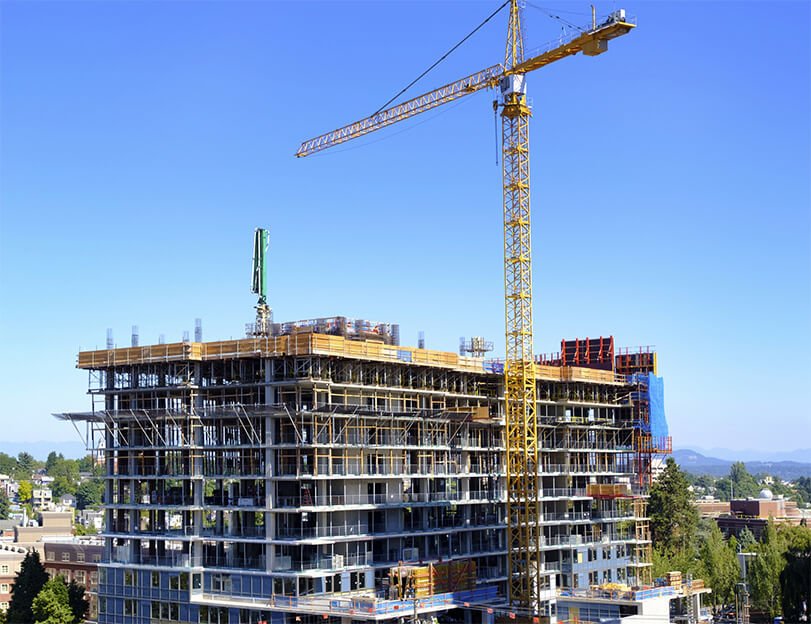The Current Research Focus of Steel Fiber Reinforced Concrete Pavement
Steel fiber can effectively improve the performance of concrete and ensure its integrity. To improve the high-temperature stability, low-temperature crack resistance, and good affinity of concrete, randomly distributed steel fibers are mixed into the aggregate. The construction process of steel fiber reinforced concrete is simple. Its anti-cracking effect is noticeable. Therefore, relevant scholars have conducted a lot of research mainly from the following aspects:
- The Research on the Adhesion of Steel Fiber And Cement Mortar Interface
In steel fiber reinforced concrete, the interface bond between steel fiber and concrete matrix plays a crucial role in cracking resistance. At the same time, steel fiber can disperse the load. Bonding is an essential factor to characterize the cracked state of steel fiber reinforced concrete. The bond between steel fiber and matrix is tested by pull-out test while the bond effect is evaluated by pull-out load slip curve.
- The Research on Mechanical Properties of Steel Fiber Reinforced Concrete
The physical and mechanical properties of composite material reflect the reinforcement degree and steel fiber mechanism to concrete. Through the mechanical properties test, the main properties can be measured, including compressive performance, tensile performance, flexural performance, and so on. Mechanical property test is important research, and the means of steel fiber reinforcement mechanism mainly tests mechanical indexes through load action.
- The Research on the Rational Dosage of Steel Fiber
By analyzing the external load, when the adhesion work effect of the interface between the matrix and steel fiber is equal to the cohesion effect of the matrix itself, the ratio of the length of steel fiber to the dosage of the matrix reaches the ideal failure mode of the composite interface and debonding and matrix failure occur simultaneously. The optimal length and dosage of steel fiber in the steel fiber reinforced matrix are determined by adhering more steel fibers to cement mortar.


 In the 1940s, many countries applied for patents on steel fiber manufacturing technology, steel fiber reinforced concrete performance and changing steel fiber shape to enhance the bond between steel fiber and concrete. In 1963, steel fiber reinforced concrete developed rapidly. J.B. Batson made a theoretical analysis of steel fiber reinforced concrete’s action mechanism and published a research report. Then, two principal theories were proposed. One was the theory of compound mechanics proposed by Swamy in the United Kingdom; the other was the theory of fiber spacing presented by Romualdi in the United States. Based on the above situation, the steel fiber used to resist reflection cracks, but now it has become a vast improvement of the concrete pavement. The reinforcement effect of steel fiber on concrete pavement has attracted much attention in the United States and Western European countries, and steel fiber is still used on a large scale. Moreover, the blending equipment related to steel fiber has been developed to provide convenience for the popularization of steel fiber reinforced concrete pavement.
In the 1940s, many countries applied for patents on steel fiber manufacturing technology, steel fiber reinforced concrete performance and changing steel fiber shape to enhance the bond between steel fiber and concrete. In 1963, steel fiber reinforced concrete developed rapidly. J.B. Batson made a theoretical analysis of steel fiber reinforced concrete’s action mechanism and published a research report. Then, two principal theories were proposed. One was the theory of compound mechanics proposed by Swamy in the United Kingdom; the other was the theory of fiber spacing presented by Romualdi in the United States. Based on the above situation, the steel fiber used to resist reflection cracks, but now it has become a vast improvement of the concrete pavement. The reinforcement effect of steel fiber on concrete pavement has attracted much attention in the United States and Western European countries, and steel fiber is still used on a large scale. Moreover, the blending equipment related to steel fiber has been developed to provide convenience for the popularization of steel fiber reinforced concrete pavement.





